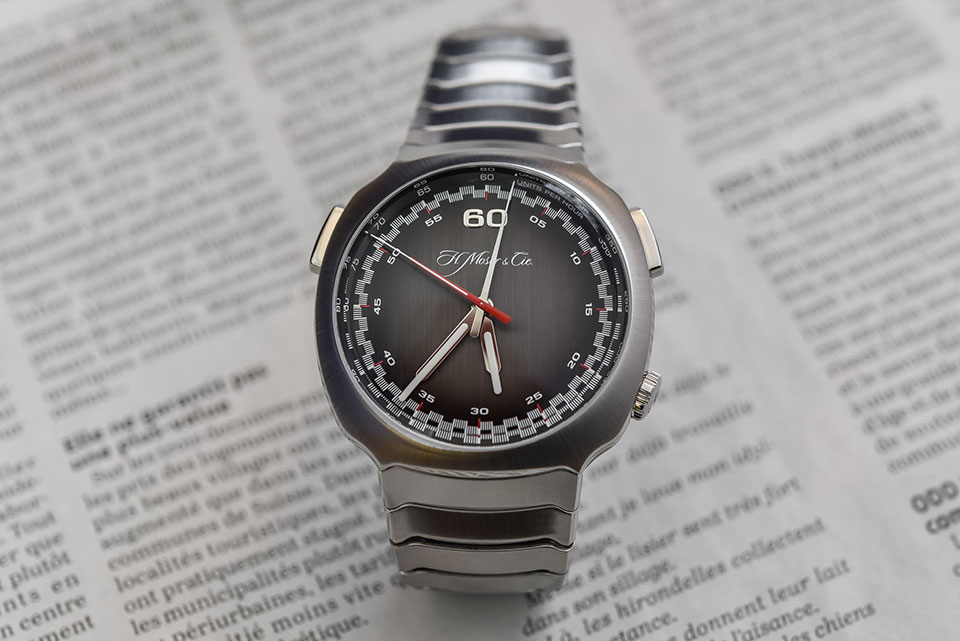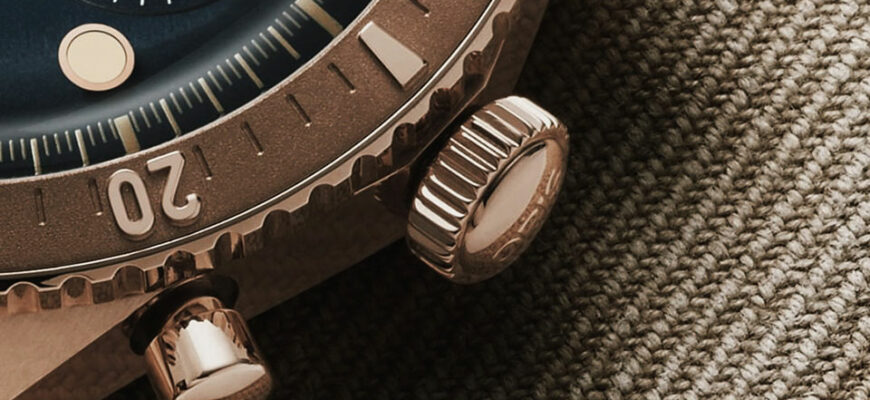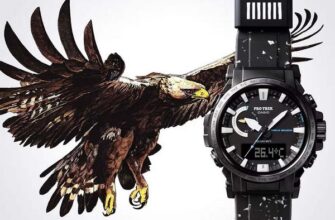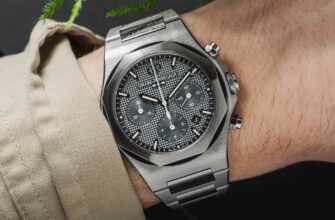First of all: it is necessary to distinguish between the concepts of "chronometer" and "chronograph". A CHRONOMETER is a device that measures time (from the Greek "χρόνος, chronos, time" and "μέτρημα, metrim, I measure"), that is, a clock in general. But it is customary to call a particularly precise watch specifically a chronometer, hence the term - chronometric accuracy. A CHRONOGRAPH is a device that not only measures time, but also fixes it, writes it down (γράφω, that is, “I write”). Specifically: a chronograph is a watch that allows you to record the duration of individual segments of time.
The most understandable example of a chronograph is an ordinary stopwatch, with which everyone dealt, for example, even in school physical education lessons. You pass, for example, the norm in running 60 meters: the judge (who is also a physical education teacher) gives the starting signal and simultaneously presses the button on the stopwatch, starting the countdown of seconds and their shares - the arrow has gone! And at the moment when you have finished, he presses the button again - the arrow has stopped.
In modern wrist (or pocket) chronographs, everything is about the same, only the arsenal of measurements is richer: not only seconds, but also minutes of the measured process and, as a rule, its hours are recorded.
The honor of the creator of the world's first chronograph is claimed (of course, without knowing it) by two Frenchmen who lived in the first half of the XNUMXth century. Louis Moinet created his chronograph to support astronomical observations. And Nicolas Riossec made a race tracking chronograph ...
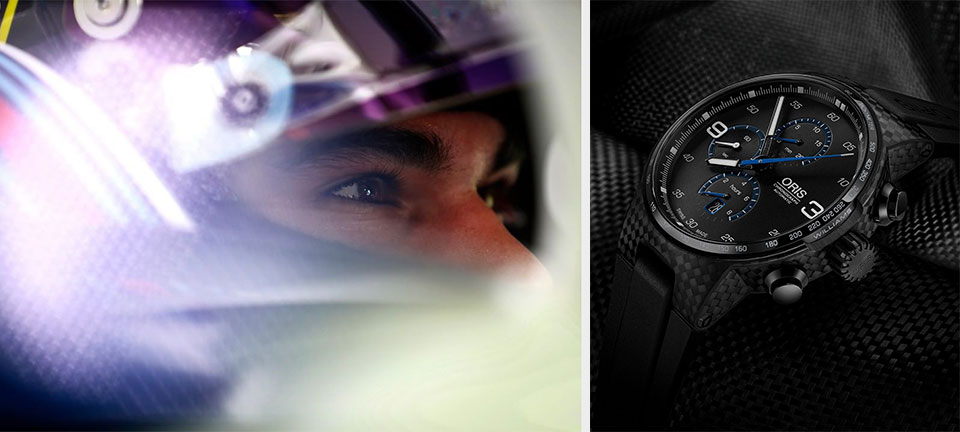
Soon, chronographs began to be used by the military, namely by artillerymen, who needed to know the exact time of flight of a projectile. A sharp rise in the popularity of chronographs came at the beginning of the twentieth century, with the rapid development of aviation and motor sports. The accuracy of measurements increased, reaching, even on mechanics, hundredths and thousandths of a second; new varieties of chronographs appeared - a flyback chronograph, in which the readings are reset at the touch of a button, a split chronograph, aka rattrapante, with the ability to simultaneously measure two processes at once ...
In 1969, a real race of manufacturers took place, each of which aspired to be the first to create a self-winding wrist chronograph. Competitors were the Swiss Zenith, the Japanese Seiko and a group of companies with the participation of Swiss Heuer and Breitling. The count lasted literally for days, now everyone considers himself to be a pioneer, but it seems to us that the “photo finish” reveals the victory of Zenith. Which, however, by and large, is not so important ...
So, what is a chronograph is clear in general terms, but now let's move on to practice and consider, for example, a specific watch model. To do this, we have chosen a product of the wonderful Swiss company Oris, the TT1 Chronograph, equipped with an automatic Oris 674 caliber based on the very reliable and very widespread movement ETA 7750. Which, in turn, is the incarnation of the extremely successful Valjoux 7750 movement, released back in 1974 and which still works perfectly in chronographs of many different brands.
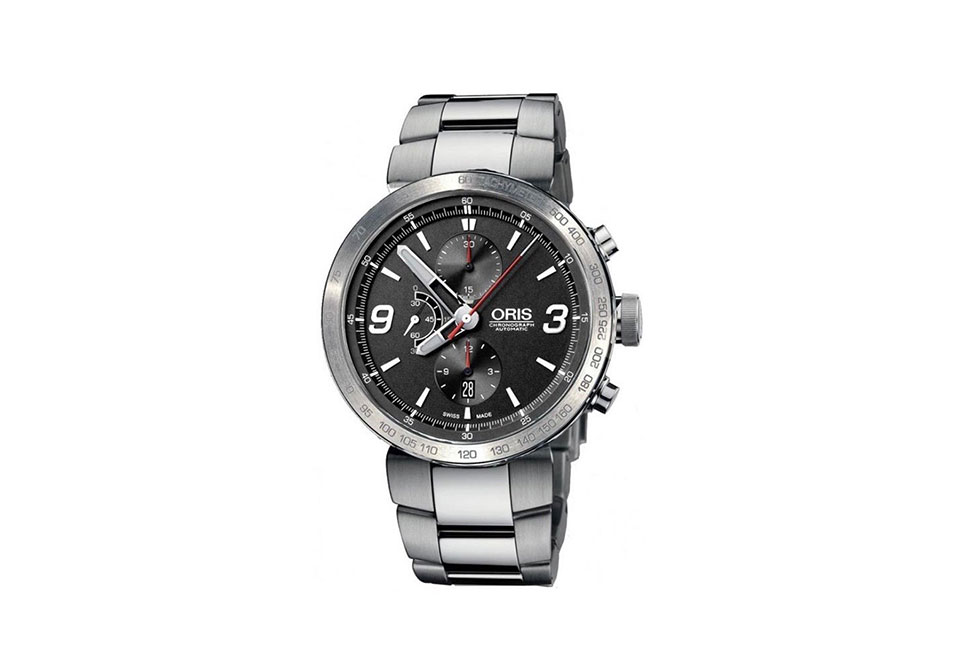
Let's look at the dial protected by a sapphire glass with anti-reflective coating. Three central hands, two of them are massive and, moreover, luminescent; these are the hour and minute hands. The third is thin, distinguished by a red and white "suit"; this hand is a seconds, it belongs to the chronograph module. Until the chronograph is started, it “slumbers” at the 12 o'clock position. But when you press the button at "2 o'clock" the hand starts off, counting the seconds of the process being measured. By the way, in this case, not only seconds: pay attention to the marking of the second scale running along the periphery of the dial - each second is divided by markers into 4 parts, so this model measures with an accuracy of 1/4 sec.
At the same time, two more chronograph counters are set in motion. The one at "12 o'clock" counts the elapsed minutes, and the one at "6" - the number of elapsed hours. And one more small counter, at "9 o'clock" - it has nothing to do with the chronograph function, it is the seconds hand of the current time, it rotates constantly (if, of course, the clock is running).
But back to the chronograph. You have decided to stop the countdown - to do this, you need to press the button again at the 2 o'clock position, it is called “start / stop”. The hands (recall - the central seconds and small ones, at "12" and at "6") will stop. By the way, this Oris watch offers another opportunity: the stopped chronograph seconds hand will not only answer the question about the number of seconds that have passed, but also indicate some value on the digitized bezel... This is a tachymeter scale, and if, for example, you are driving a car and started the chronograph at the moment of passing one kilometer column, and stopped at the moment of passing the next one, then the arrow will show you your average speed in this section, in km / h.
Then you can resume the countdown for some reason by pressing the “start / stop” button again, or you can reset everything: the “reset” button located at “4 o'clock” serves for this. All chronograph hands - central seconds and both small seconds - will return to their original position.
In conclusion, let us say that the configuration of the considered chronograph is the most common in the world (except that the small counters can be located in a special way, but this is not of fundamental importance). However, there is a wide variety of other options, both mechanical and electronic. There is, for example, a category of one-button chronographs controlled by successive pressing of the button built into the crown.
And especially noteworthy is the world's first chronograph with an exclusively central display, which won the 2020 Chronograph nomination at the prestigious Geneva Watchmaking Grand Prix (GPHG): the masterpiece Streamliner Flyback Chronograph Automatic from the Swiss manufacturer H. Moser & Cie. Five central hands, including two chronographs (red seconds and rhodium-plated minutes), with absolute clarity. Plus - aesthetic perfection ...
